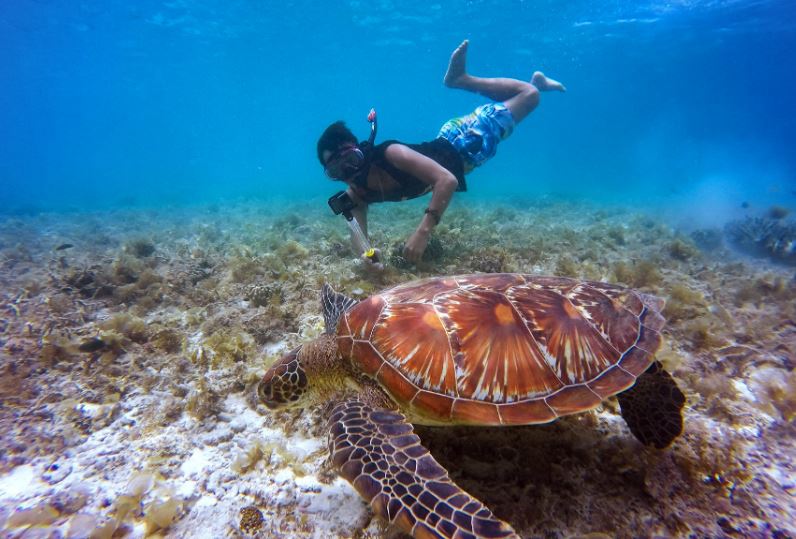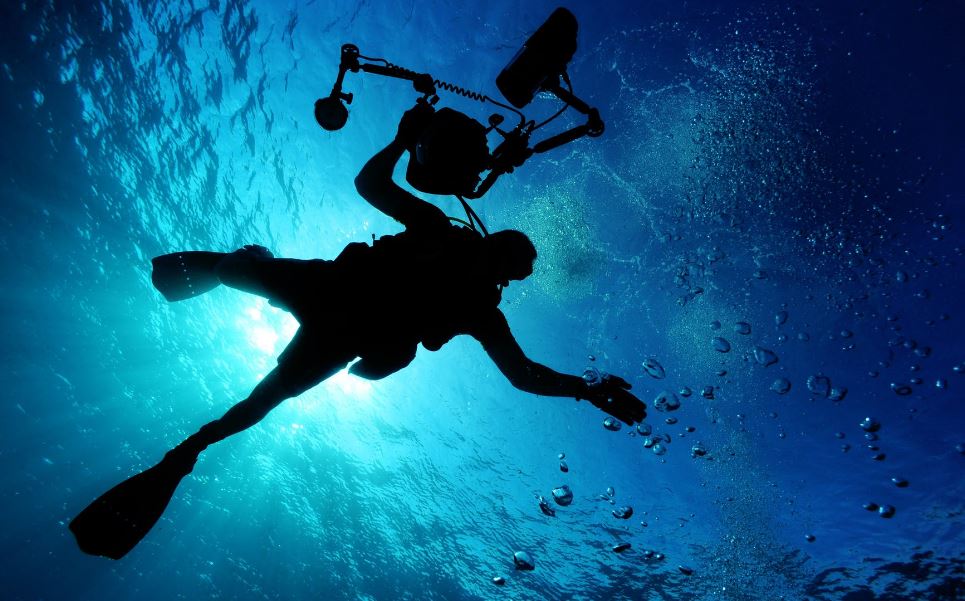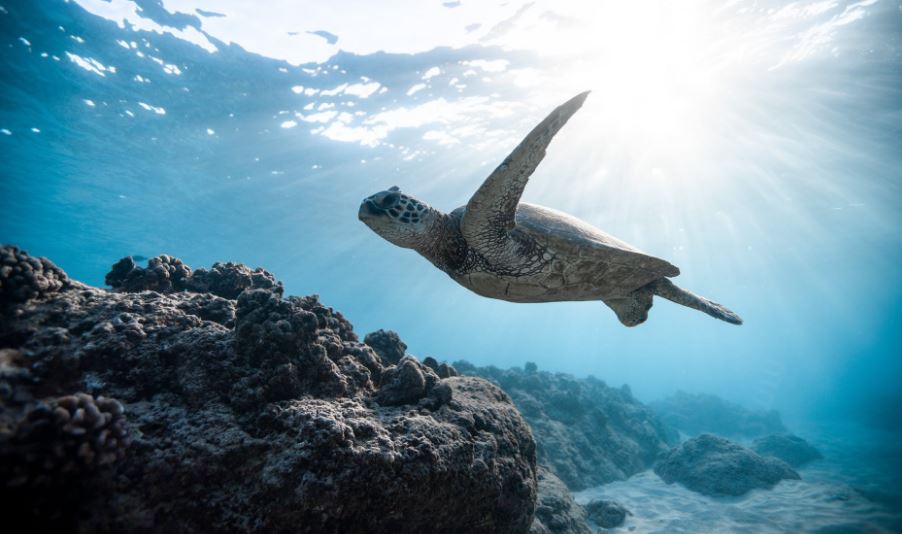When you’re on vacation somewhere along the coast and have the incredible chance to explore the ocean’s depths through snorkeling, the visuals will stay with you for the rest of your life. However, how can you showcase these and save some unforgettable moments in a video for later? Knowing how to shoot underwater videos takes time and is not the easiest skill to learn, but it is simple to get started.
This article includes skills you need to take snorkeling videos to get the best videos of your expeditions under the sea for those looking at how to take videos underwater. You can also go through this guide to taking pictures and videos while snorkeling after!
Diving Skill
Your mental visual of your object may be vivid, but your motor skills may fail you at that critical moment as you wander out of position. You might be hovering over a sensitive sea slug when you unintentionally descend. In a panicked attempt to regain control, your hands wave around, leaving you in a haze of sand.
We’ve all been there at some point, haven’t we? The mind is willing, but the skill level is inadequate, resulting in frustration.
Buoyancy is among the most important aspects of underwater photography because it is the key to overall diver control. If you’re shooting videos for professional projects, you’ll need to have a high level of diving skill and the ability to position yourself accurately, sometimes for long periods.
Simultaneously, we must adapt to environmental issues such as surges and current. If you don’t have good buoyancy control, you must address this issue, as preserving delicate aquatic life is also critical. Divers crashing into the reef are extremely dangerous.
Focus on lung volume and fine-tune depth adjustment, and you’ll soon be able to position yourself to the inch. This will become second nature over time. Body positioning and balance will benefit from proper weighting and distribution.
Knowledge of Marine Biology
Understanding creature behavior and knowledge of marine biology will assist you in locating appropriate subjects. You must also foresee the subject’s movement to position yourself in the best shooting position.
Because of the density of the water, a close camera-to-subject distance will always produce better results, so knowing how to approach marine life appropriately is an important addition to your underwater videography skill set.
Respect for Marine Life
Respect for the marine animals and the environment you intend to photograph is expected. Don’t be the person who believes that manipulating the critter for the sake of your video is “alright, just this once.” Even minor perturbations can disrupt the natural balance and bring far-reaching consequences.
Your efforts are unlikely to be rewarded, as the out-of-character behavior would undoubtedly be reflected in your videos. You can visit many marine creatures again if they are not disturbed. However, they will find another place to live if they are unhappy, so patience will always yield the best results.
Stability
When shooting a specific scene or creature, the best tip is to sit as still as possible. While you won’t have to worry about shaky movements underwater as you would on land, you’ll still need to stabilize the camera to get the best footage. Consider what your viewers will see and how much they’ll appreciate a steady hand when learning how to take video underwater.
Furthermore, make sure you get enough footage of each scene by stabilizing yourself and the camera for several seconds at least so you can later tweak around a specific shot.
Equipment Familiarity
Other people’s favorite pastime is window shopping on the internet and salivating over terrifyingly expensive technology and equipment. However, the more technical your equipment, the more difficult it is to use.
It is important to regularly practice your lighting and housing functionality to be quick and proficient when adjusting before pressing the shutter. It’s good to use your camera on land while it’s in the housing so that changing settings becomes instinctive.
Understanding White Balance
If you’re trying to shoot underwater, you’ll need a camera with multiple white balance settings. You can set the white balance to auto if you’re shooting macro using lights. If you want to use ambient lighting, you must first learn to adjust manual white balance.
You may also wish to learn more about underwater filming effects and lighting, such as when to use a macro, wide-angle, and other lenses.
Variety in Film
Variety in your filming is always more interesting, so make sure you travel to different segments of your underwater excursion and film from various angles. Many people discover this when researching how to shoot an underwater snorkeling video because the sheer variety of flora and fauna is astounding. They want to keep moving to new locations to catch different glimpses of it.
Awareness of the Surroundings
You’ll concentrate on the underwater wildlife and scenery, but don’t forget about the other snorkelers. Most likely, you don’t want them to appear in your film. You may want to keep the camera rolling to capture additional footage, which you can cut out in post-production if someone else’s appearance has disrupted it.
Utilizing Natural Light
Because water is denser than air, it absorbs light differently. Red wavelengths travel the shortest distance in the water, while blue wavelengths travel the longest. This is why the colors in underwater photographs fade.
Underwater photographers utilize strobes to create colorful images, but they are expensive and difficult to transport. However, because you remain near the surface when snorkeling, you are in a prime place to capture beautiful images using only ambient light. To get sharp and bright images, you need to learn to place yourself and your camera.
Choose sunny days for photography, but avoid pointing the lens directly at the sun (unless you intend to capture a silhouette of a coral reef, sunrays, or sea creatures). Instead, position yourself so that the sun is behind you, naturally lighting up the scene you want to capture.
Post-processing
After taking your best underwater shots, you’ll need to adjust your video to make it appear its best, add color to an underwater video that may be lacking due to lighting, and edit and cut your video down to the perfect size.
Anyone can learn snorkeling, and there are so many reasons everyone should try it out. Underwater videography does present additional challenges; however, you can overcome all obstacles with practice, and the rewards are remarkable.




